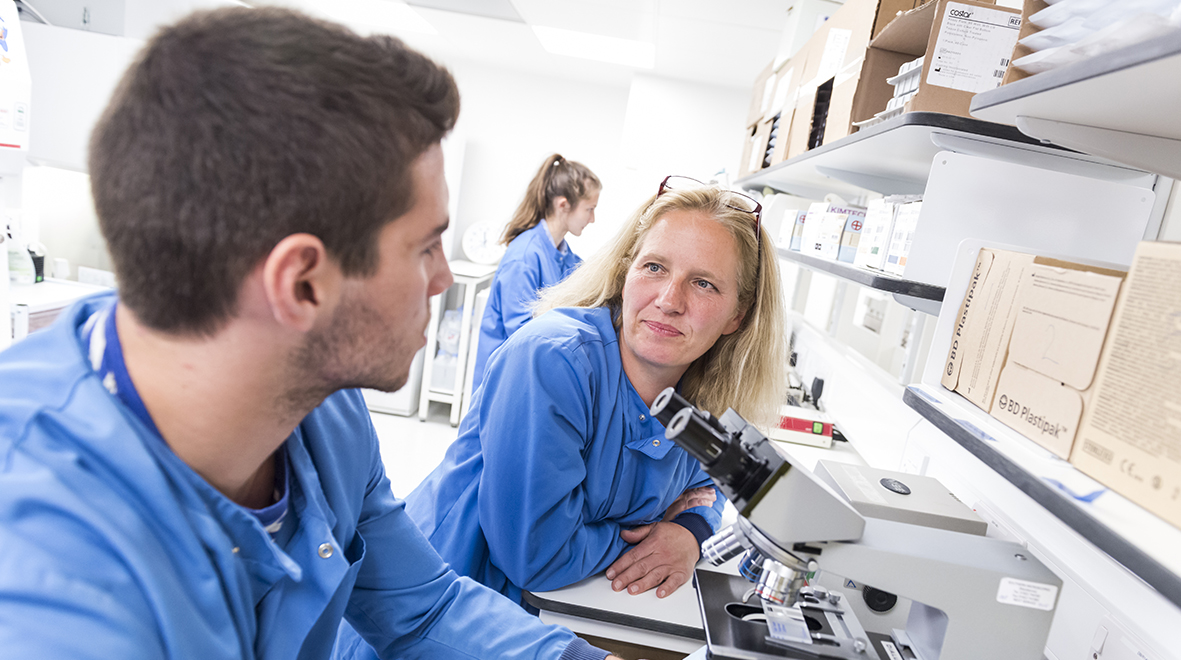
For Rare Disease Day, Professors Uta Griesenbach and Eric Alton tell us why rare diseases are the hidden priority of scientific research.
A rare disease, also known as an orphan disease, affects by definition less than five in 10,000 (or 0.05%) of the general population.
Hence the question arises: why a disease as rare as 0.05% of the population presents a good investment of research funding? We think the answer is simple and importantly the math adds up. Here are some facts, based on raredisease.org.uk:
- 7% of the population, will be affected by a rare disease at some point in their lives, which translates to 3.5 million people in the UK
- There are between 6,000 and 8,000 known rare diseases and around five new rare diseases are described in the medical literature each week
- 80% of rare diseases have a genetic component and are often life-threatening
- 75% of rare diseases affect children
- Drug development and research into rare diseases can also help improve treatment for more common diseases
In 2012, the UK Government initiated the 100,000 Genome Project with a particular focus on rare diseases (and cancer). Knowledge gained from this project is already helping to make new diagnoses, thereby aiding the development of new treatments.
An important milestone for patients with rare diseases was the publication of The UK Strategy for Rare Diseases in 2013 which postulates 51 commitments that have to be implemented by 2020. Ranking very high is the urgent need for getting the correct diagnosis. Around four in every 10 patients say they found it difficult to get a correct diagnosis and find suitable support groups. Clearly, the 100,000 Genome Project is an important step in that direction. In addition, and complementary to this, the National Institute for Health Research (NIHR) has invested considerable funding into understanding the characteristics of patients with rare diseases. Finally, multiple pharmaceutical companies are investing strongly in this area.
A significant roadblock to improving treatments for patients with rare diseases is the difficult patient recruitment for clinical trials which can impact on trial design and hence the usefulness of the trial data. Innovative recruitment strategies, including in-home supported clinical studies and creative trial design will be essential. Interestingly, Kalydeco which is used to treat cystic fibrosis (CF) patients with certain rare mutations, can now be approved based on efficacy tests performed on patient cells in the laboratory, rather than requiring a clinical trial to prove efficacy. In our view, the regulatory agencies are certainly moving in the right direction.
Another issue when working to develop new treatments for rare diseases is the potentially high cost when the treatment becomes a licensed medicine. Consideration of cost-of-goods during the development phase and innovative pricing strategies are essential. We are working on developing a new gene therapy-based treatments for CF and other rare diseases and admire the enthusiasm of patients to participate in clinical trials – without which we could not move forward.
In summary, we strongly believe that research for rare diseases is clearly very important, and whilst there is still much to do, there are positive signs of progress. Here at Imperial, we contribute to rare disease-related training of scientists and clinicians on many levels. For example, the National Heart and Lung Institute’s (NHLI) Masters programmes in Genes, Drugs and Stem cells, as well as Genomic Medicine, have a strong focus on rare diseases. The close link between the NHLI and the Royal Brompton Hospital – a tertiary referral centre for many rare respiratory and cardiovascular conditions – contributes to rapid bed-to-bedside research within the Institution. Finally, we have led, or lead, both phenotyping and genotyping nationally for respiratory rare diseases. Collaborations and data sharing across Europe are essential to generate a strong enough database and patient pool for rare diseases, and we hope that Brexit will not put the brakes on ongoing initiatives.
Uta Griesenbach is Professor of Molecular Medicine at the National Heart and Lung Institute and is Programme Director for the MSc in Genes, Drugs and Stem Cells.
Eric Alton is Professor of Gene Therapy and Respiratory Medicine at the National Heart and Lung Institute and Honorary Consultant Physician at the Royal Brompton Hospital.